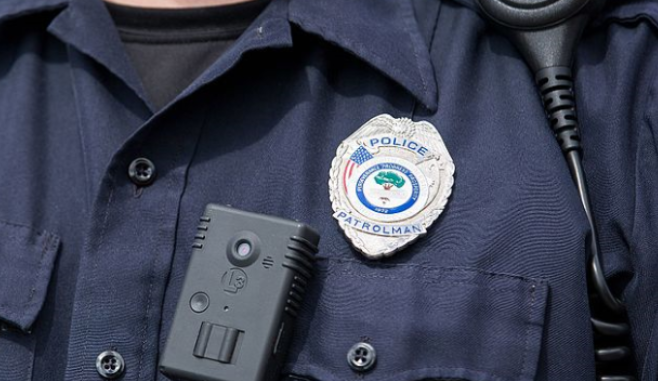
The New Paltz Police Department (NPPD) is expected to purchase 12 body cameras this year, coming a few months after Paul Echols’ controversial confrontation with New Paltz Police in September.
The police’s request to acquire these cameras comes nearly six months after the incident that local resident Paul Echols had with NPPD officer Robert Knoth, who allegedly beat him during an arrest at P&G’s Restaurant and Bar. When asked if this was the reason behind wanting the cameras, NPPD Lieutenant Robert Luchezzi says otherwise.
“We’ve been looking at body cameras and talking about this for a while,” Luchezzi said. “The incident in September highlighted another reason for looking and moving in that direction, but it’s something that we had been exploring.”
According to Luchezzi, the cameras are expected to cost anywhere from $800 to $1000 per unit, or over $12,000 for the entire department. Each camera has a shelf life of three to five years, meaning replacements would be relatively frequent. The police department faces multiple challenges when implementing the cameras, such as finding the space to store all the footage filmed during hours of patrols, choosing an adequate model of camera and determining if the cost is worth undertaking.
“There’s storage costs, there’s hardware costs, there’s warranty costs…there are a lot of costs associated with a body-worn camera program,” Luchezzi said. “The cost of maintaining this program is a commitment that the town board and the police commission need to be willing to make.”
Most of the costs to implement the body cameras come from seized asset funds, which is money earned through large-scale NPPD arrests, such as cash and vehicles according to New Paltz Town Supervisor Dan Torres.
The Federal Bureau of Investigations maintains that the money from the government sale of assets, seized from illegal activity, is utilized towards community initiatives such as drug rehab centers, youth programs to reduce drug usage, defibrillators and in the case of NPPD, body cameras.
Luchezzi could not provide an exact timeline of the introduction of these cameras into NPPD use, but states that the police department are engaged in talks with the town board to ideally have them implemented by the end of the year.
The announcement to purchase the cameras received generally positive reactions from students and other local residents who recall the Echols incident from months prior.
Anthony Reid, a first-year graphic designer for SUNY New Paltz’s Black Student Union, said that the body cameras are “a step in the right direction.” He stresses its importance, especially for minorities, to “push for more,” and that justice for those who have been affected by police brutality incidents remains a goal to advocate for.
Tanya Marquette, a member of the Concerned Parents of New Paltz who held a large role in the Echols case, has “mixed feelings about them,” in reference to the cameras. “They have to be used…there’s nothing that can force a cop to use them,” Marquette said. She questioned the camera’s effectiveness and how much the public is able to view from the footage, referencing the limited lens angles used by other police body cameras.
Torres held a positive outlook towards the introduction of the cameras, stating that body camera programs across the country have benefitted many police departments and have gained the support from countless communities.
“As much as it is for the public, it’s also for the police, as well,” he said.
While the costs upfront appear high, the acquisition of body cameras could aid in the transparency between police officers and members of the local community in the long run, leading to fairer cases and proper justice served.

